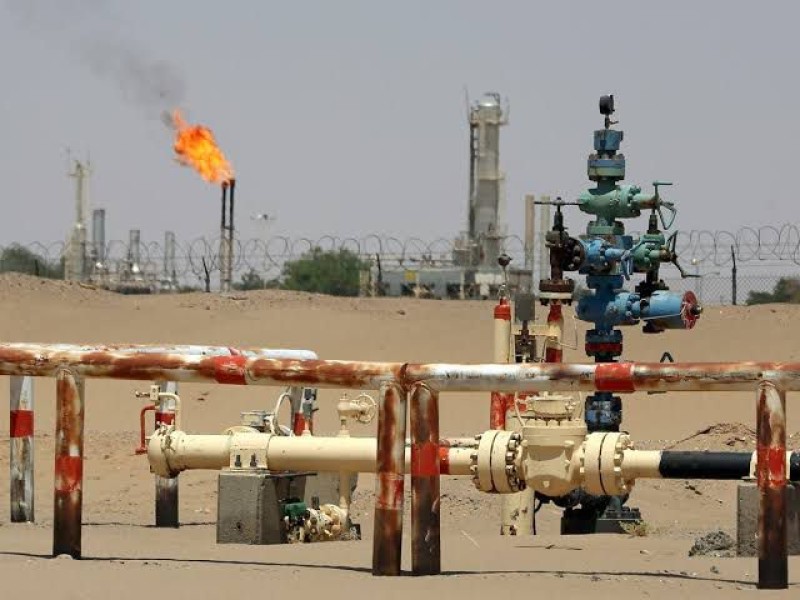Yemen Key Message Update: Food prices remain generally high and stable despite declining fuel prices in November, November 2022


Key Messages
Despite a relative seasonal improvement in food and income from cereal and citrus production, millions of households in Yemen still face difficulty meeting their basic food needs due to significantly above-average food prices, the limited availability of income-earning opportunities, ongoing humanitarian assistance cuts, and highly eroded coping capacity. Throughout the projection period, conflict is expected to gradually re-escalate and humanitarian assistance is expected to continue at levels lower than in recent past years. Given this and large populations dependent on assistance (especially displaced households), Emergency (IPC Phase 4) outcomes are expected to persist in Marib and emerge in Hajjah early 2023. In Hajjah, the availability of food and income is also expected to decline during the agricultural off-season (January/February to March). Elsewhere, Crisis (IPC Phase 3) outcomes are expected to remain widespread.
The main harvest of cereals concluded in November in highland areas and is expected from December to February/March in lowland areas. Although total crop production is expected to be less than last year due to erratic rainfall, food from own crop production is expected to temporarily and marginally alleviate the severity of food insecurity for a few months among rural households that planted. Meanwhile, the citrus harvest – mainly in northern highland areas – is ongoing and will continue through January, which is expected to provide poor households across the country with a modest seasonal increase in income from agricultural labor and, in both rural and urban areas, from petty trade and casual labor opportunities along the citrus supply chain. In lowland areas, agricultural operations such as fertilizer application, irrigation, and weeding for sorghum, sesame, and millet are also generating some seasonal income-earning opportunities.
Despite ongoing negotiations regarding the renewal of the nationwide truce, ground conflict slightly escalated in November compared to the previous month according to data from ACLED and media reports. As reported by local media, skirmishes and low-level fighting broke out in Al Hudaydah, Hajjah, Sa’ada, Al Jawf, Al Dhale’e, Marib, Lahj, and Taizz. According to IOM monitoring, 437 households were displaced across monitored governorates in November 2022, with the greatest numbers displaced in Lahj (151 households) and Marib (131 households). The November total is double the number of households displaced in October 2022. Meanwhile, the Sana’a-based authorities (SBA) continued to target drone strikes on oil production and export infrastructure in areas controlled by the internationally-recognized government (IRG) in November, including Qana Oil Port in Shabwah and Al-Dabbah Oil Port in Hadramaut. These strikes continue to prevent ships from docking and are effectively blocking crude oil exports, with negative impacts on IRG revenue likely in the medium term.
The monthly parallel market exchange rate between the Yemeni rial (YER) and the USD was largely stable from October to November, on average. In IRG-controlled areas, the YER gained one percent in value in November compared to the previous month and was valued 22 percent higher than at the same time last year, according to data from FAO. This gain was driven by an eight percent week-on-week appreciation in late November after the Arab Monetary Fund signed an agreement with the internationally recognized government of Yemen on November 27 to support the Yemeni economy with 1 billion USD. Meanwhile, in SBA areas, the value of the YER remained stable in November and was valued five percent higher compared to the previous year.
According to FAO, fuel prices generally continued to decline countrywide in November alongside declining global prices and, in SBA areas, improved fuel supply in recent months. The expiry of the truce agreement in early October has not yet affected the fuel supply in SBA areas. Despite declining fuel prices, the cost of the minimum food basket (MFB) remained generally stable in November compared to October in both IRG areas (where it decreased by two percent) and SBA areas (where it increased by three percent), according to data from FAO. However, prices throughout 2022 have been significantly higher than in the previous year.

Sana’a – A new international report has confirmed that Houthi militias continue to escalate economic measures against the commercial se…

Aden — For three decades prior to the outbreak of war, Yemen’s oil and natural gas sector played a decisive role in shaping the country…

Sana’a – The occupied Yemeni capital Sana’a is witnessing mounting economic panic and a sharp collapse in the real estate market…